“Wakayama Ramen” is a local gourmet dish from Wakayama Prefecture that is very famous in Japan. There are many types of ramen shops, offering a range of flavors from rich and thick to light and easy-to-eat.
This page introduces the characteristics of the particularly popular “Ide-kei” and “Shakomae-kei” Wakayama ramen, along with recommended famous restaurants.
What is Wakayama Ramen ?
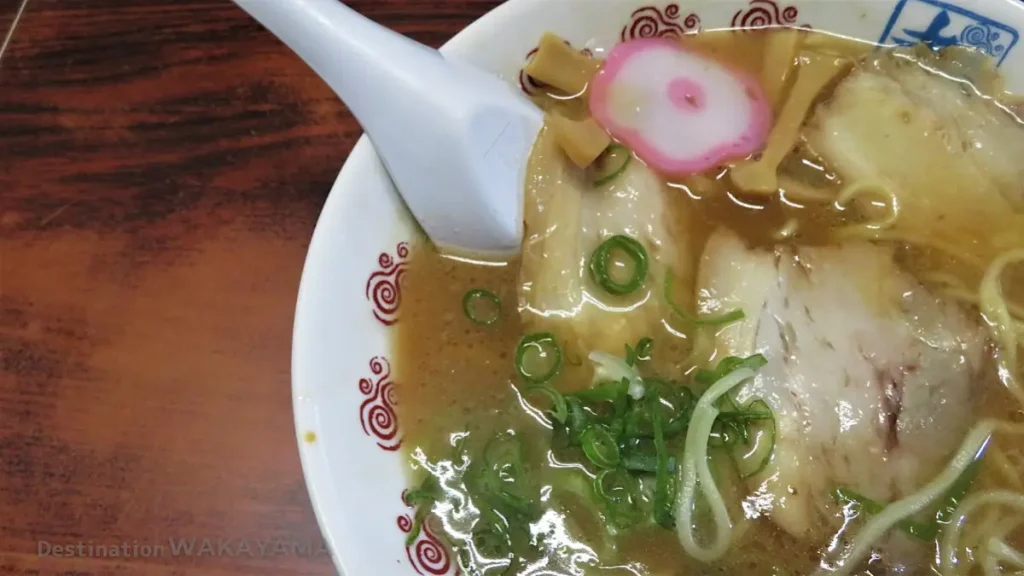
“Wakayama ramen” is a type of ramen that has been enjoyed for a long time in Wakayama Prefecture, particularly around Wakayama City.
Locally, it is often called “Chuka-soba” (“chuka” means chinese).
The basic soup is a combination of pork bone broth and soy sauce, and some shops also add chicken bones.
There are two main types of Wakayama ramen, known as “Shakomae-kei” and “Ide-kei.” The noodles are typically thin and straight, boiled to a soft texture, with simple toppings such as chashu pork, menma (bamboo shoots), green onions, and kamaboko (fish cake).
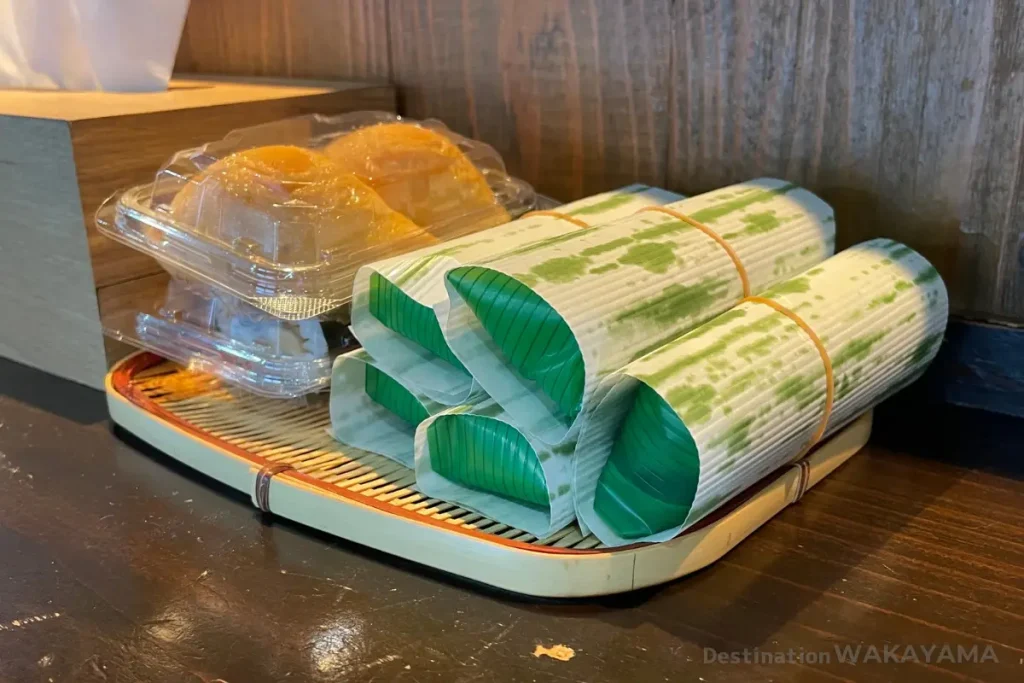
Wakayama ramen is often served with “sushi” and “boiled eggs,” with “hayanare sushi” (a type of mackerel sushi) being particularly traditional.
Origin of Wakayama Ramen
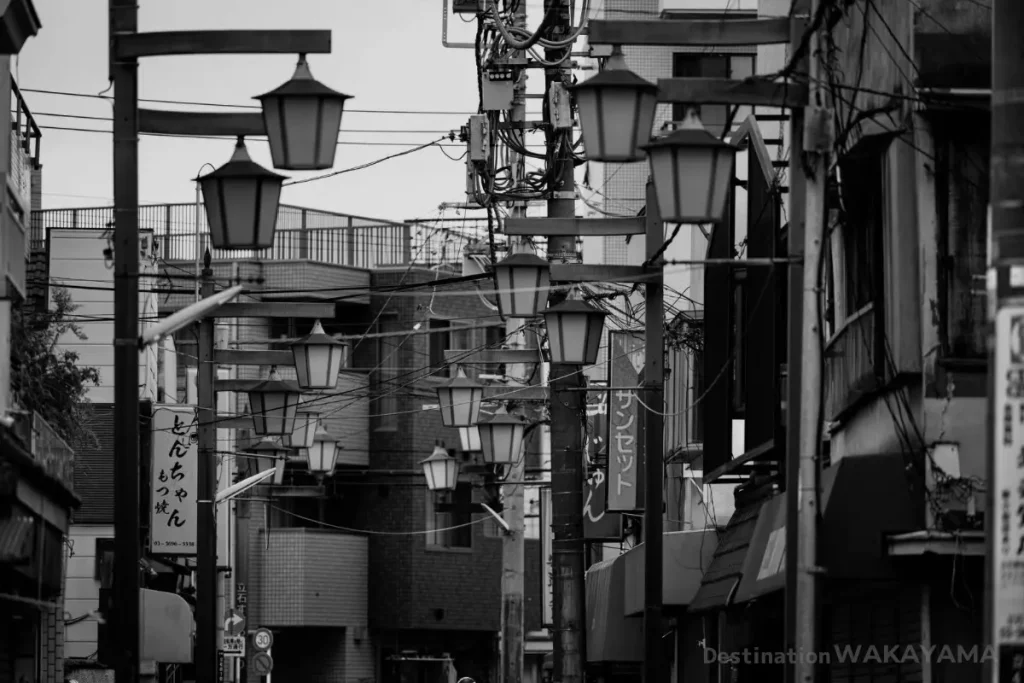
The origins of Wakayama ramen date back to the early Showa era.
At that time, soba stalls already existed in Wakayama City. And it was the opening of “Marutaka(まるたか)” in 1940’s that established the current style of Wakayama ramen.
Initially, the soup stock was made by boiling bonito flakes and small fish (jako) in soy sauce. Pork bones began to be used only after the end of the Pacific War.
As the popularity of this stall grew, its flavor was imitated by its staff and surrounding stalls, making Marutaka’s ramen the standard for Wakayama ramen.
Today, many Chuka-soba restaurants in Wakayama have “Maru(まる)” in their names, a tradition stemming from this history.
Characteristics of Wakayama Ramen
The soup of Wakayama ramen is primarily based on pork bone and soy sauce.
This combination perfectly harmonizes the savory flavor of pork bones with the richness of soy sauce, creating a deep, complex taste. However, there are two main types of Wakayama ramen.
Shakomae-kei(車庫前系)
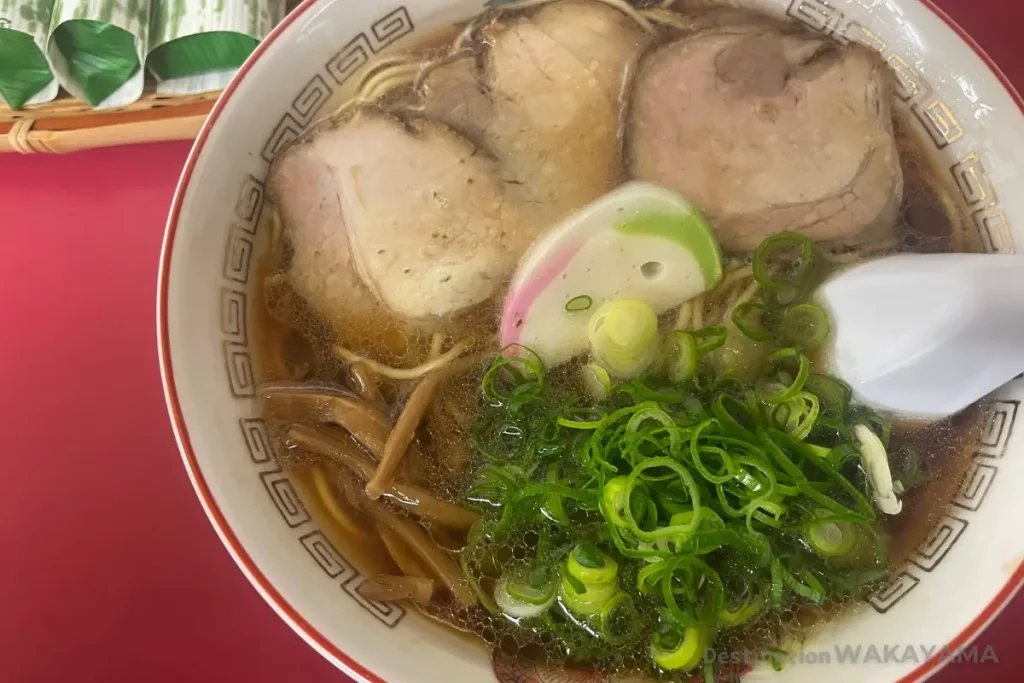
The “Shakomae” type originates from a ramen shop that once stood near the “Shakomae” tram station in Wakayama City.
This area hosted many food stalls, with “Marutaka” being particularly popular.
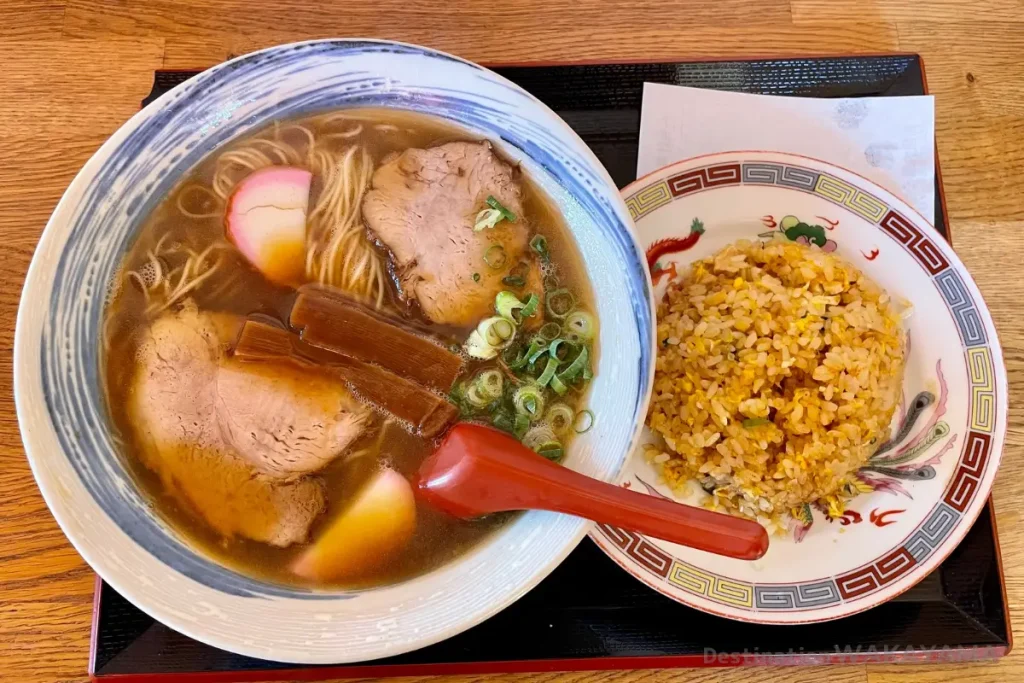
After the tram service was discontinued, these stalls spread throughout the city, and those displaying “former Shakomae” were classified as “Shakomae-kei.”
Ide-kei(井出系)
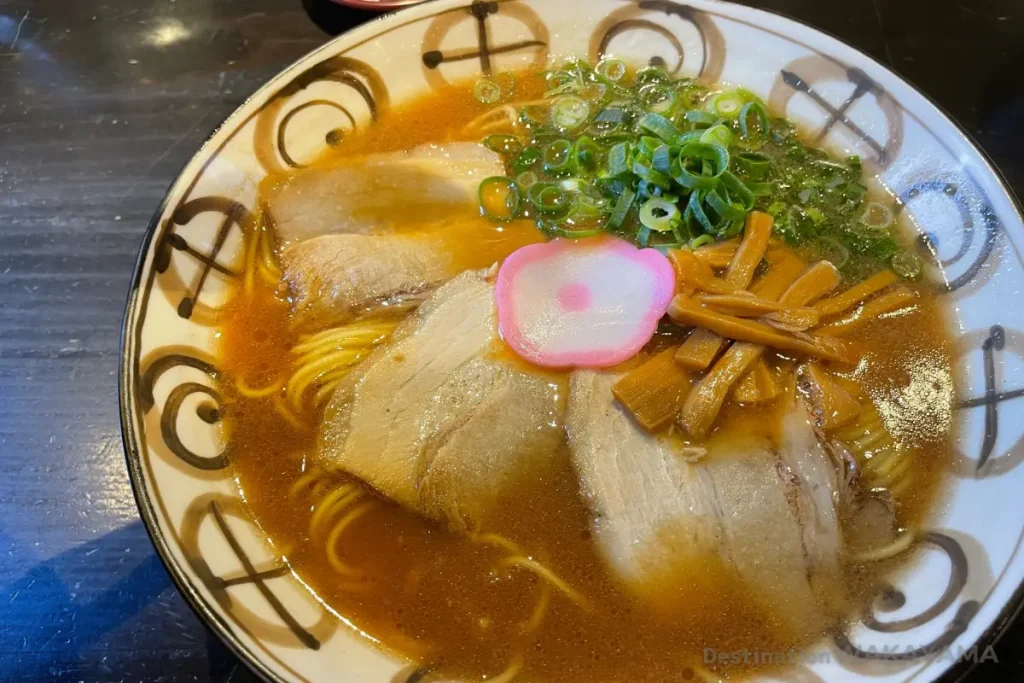
“Ide-kei” comes from “Ide Shoten(井出商店),” which opened in 1953.
Initially offering a soup similar to the Shako-mae type, Ide Shoten’s unique “dashi” made from overcooked pork bones became highly popular and defined the restaurant’s flavor.
The taste of Ide Shoten became well-known in Tokyo and came to be recognized as the representative flavor of Wakayama ramen. Notably, in 1998, the TV program “TV Champion” named it the best ramen restaurant in Japan, boosting its national fame.
Before this, many locals were unaware that Wakayama ramen was unique to their region. The term “Wakayama ramen” itself originated from Ide Shoten.
Today, when people think of Wakayama ramen, many think of the Ide-kei style.
Other types of Wakayama Ramen
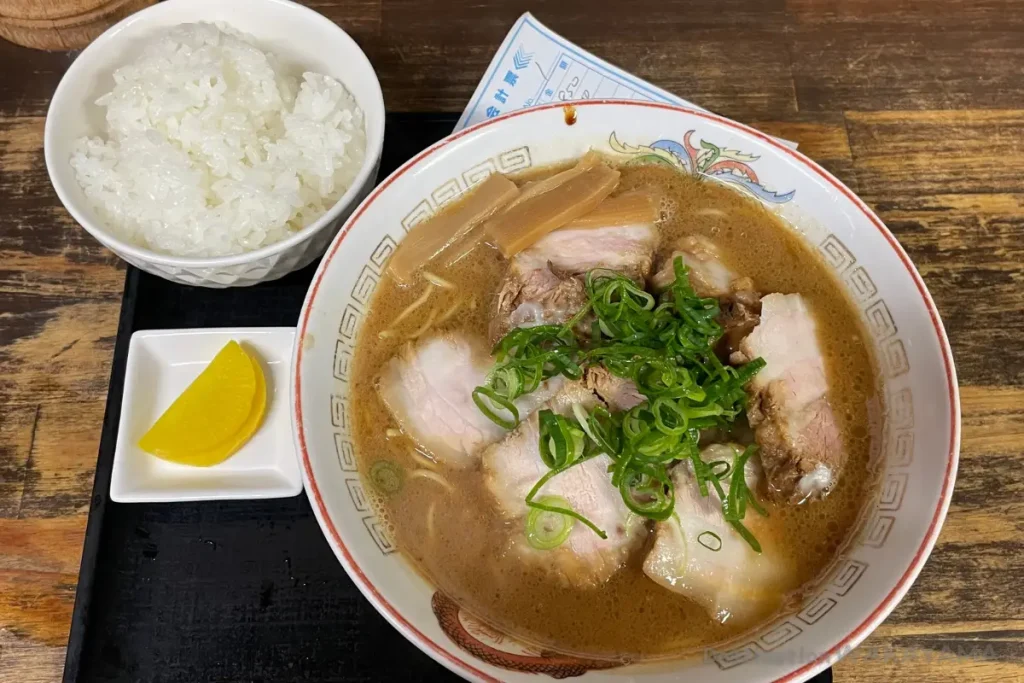
Besides the famous Shako-mae and Ide-kei, there is also the “Urashima-kei.” This style originated from the “Urashima” ramen shop in Kinokawa City.
The Urashima-kei ramen is distinguished by its rich soup and unique flavor, setting it apart from other varieties.
The pork bone-based soup is prepared with a unique simmering method and balanced seasoning, resulting in a rich yet refreshing aftertaste. The noodles are thicker than typical Wakayama ramen, enhancing the soup’s flavor.
While the Urashima style has existed since the Showa era, it gained wider attention with the spread of the internet, thanks to word-of-mouth from ramen enthusiasts and foodies.
Urashima-style Wakayama ramen can now be enjoyed at places like “Shimasho” in Kinokawa City and “Konshin” in Wakayama City.
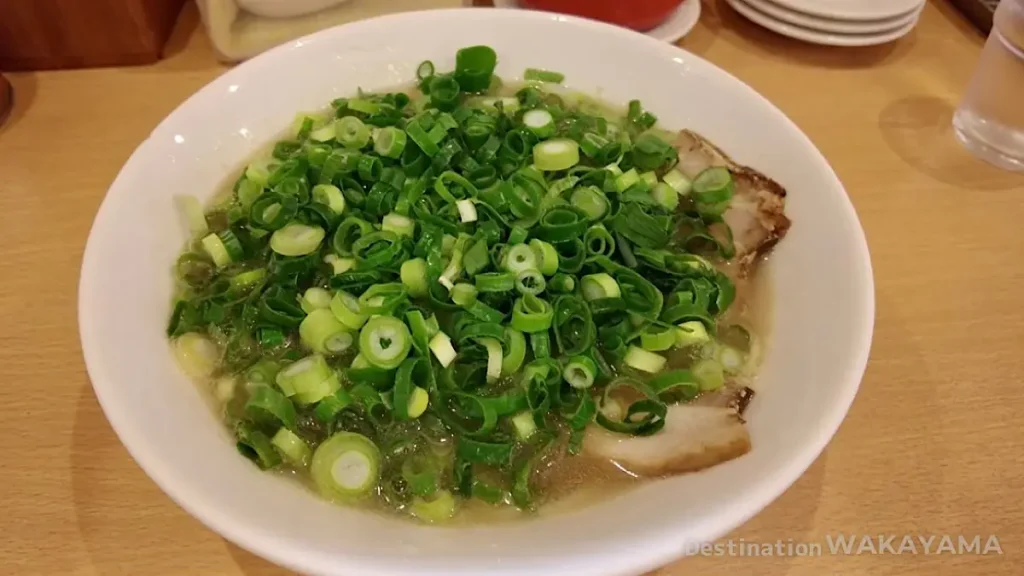
Another popular long-established restaurant is “Marui,” known for its bowls covered in green onions.
This ramen has a strong pork bone flavor similar to the Ide-kei style, but its distinctive appearance sets it apart from other Wakayama ramen.
Each long-established Wakayama ramen shop offers unique and varied flavors.
Recommended Wakayama Ramen Restaurants
To fully enjoy Wakayama ramen, visiting popular local restaurants is the best approach. This chapter introduces recommended restaurants from the two major Wakayama ramen schools: Ide-kei and Shako-mae-kei.
Recommended Ide-kei Restaurants
Ide Shoten(井出商店)
Share of our journey.
— Raymma (@raymma_0) March 28, 2024
I was a stranger in the street light.
The light beckons, my stomach rumbles.
Happiness filled my stomach…
Felt comfortable on this spring evening.
– In Wakayama
Ramen Ide shoten- Wakayama city pic.twitter.com/mYnEblVyei
The representative Ide-kei restaurant is “Ide Shoten,” the origin of Ide-kei. This restaurant is synonymous with Wakayama ramen and is highly praised by both locals and tourists. The balance between the rich pork bone soy sauce soup and firm noodles is exquisite.
- Name
-
Ide Shoten
- Open
-
11:30〜22:00
- Closed
-
Thursday
- Access
-
10 minutes walk from “JR Wakayama Station”
Marusan(まるさん)
“Marusan” is another long-established Wakayama ramen restaurant popular among locals and tourists alike. Specializing in Ide-kei pork bone soy sauce-based ramen, this restaurant is open all day and is busy from morning to night, often with lines forming. Its exterior exudes the atmosphere of a traditional establishment.
- Name
-
Marusan
- Open
-
11:00〜20:00
- Closed
-
Sunday
- アクセス
-
1 minute walk from Wakayama Bus “Shioya”
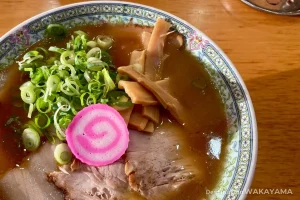
Marutaya(丸田屋)
“Marutaya,” with four locations in Iwade City, Wakayama City, and Shirahama Town, is also popular among both locals and tourists. The owner of Marutaya trained at Ide Shoten and has created a renowned restaurant that respects the traditional taste of Wakayama ramen while incorporating unique innovations.
- Iwade Main Store
-
- Open
-
11:00〜15:00, 17:00〜22:00
- Closed
-
Monday
- Access
- Jiromaru
-
- Open
-
11:00〜15:00, 17:00〜22:00
- Closed
-
Monday
- Access
- Burakuri-cho
-
- Open
-
11:00〜15:00, 17:00〜26:00
- Closed
-
Monday
- Access
- Nanki-Sirahama
-
- Open
-
11:00〜15:00, 17:00〜22:00
- Closed
-
Monday
- Acess
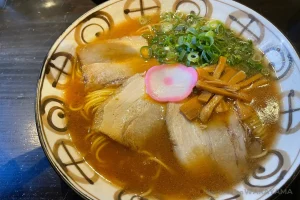
Recommended Shako-mae-kei Restaurants
Marutaka chuka-soba(丸高中華そば)
A representative Shako-mae-kei restaurant is “Marutaka Chuka Soba,” also known as the original Wakayama ramen. This restaurant is known for its light soup and chewy noodles, with the soy sauce flavor in the soup standing out. It is a popular spot visited by many local regulars and also has a branch in Kobe.
- Honke-Arochi
-
- Open
-
17:30〜3:00
- Closed
-
Sunday
- Access
- Musota
-
- Open
-
11:30〜20:00
- Closed
-
Monday
- Access
Marumiya Chuka-soba(丸宮中華そば)
“Marumiya,” a long-established restaurant founded in 1949, is now operated by the third generation, continuing to evolve while preserving the traditional taste. It is one of the leading Shako-mae-kei ramen shops, featuring a distinctive pork bone soy sauce-based soup with a perfect balance of rich pork bone flavor and soy sauce.
- Honten (Main store)
-
- Open
-
11:00〜14:00, 17:30〜20:30
- Closed
-
Monday
- Access
- Funadzu-cho
-
- Open
-
11:00〜14:00, 17:30〜21:00
- Closed
-
Thursday
- Access
- Kinokawa-Ohashi Minato
-
- Open
-
11:00〜15:00, 17:30〜22:30
- Closed
-
Tuesday
- Access
Maruyama(まるやま)
“Maruyama,” a famous Wakayama ramen restaurant, is a long-established shop with multiple locations in Wakayama City. Known for its lighter, refreshing taste, it uses slightly soft and thin straight noodles that perfectly complement the soup.
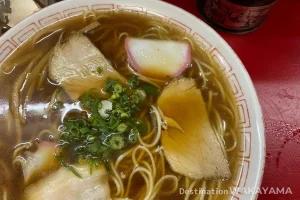
- Komatsubara
-
- Open
-
11:00〜15:00, 17:00〜1:30
- Closed
-
Monday
- Access
- Shioya
-
- Open
-
11:00〜23:00
- Closed
-
Monday
- Access
- shinnakajima
-
- Open
-
11:00〜24:00
- Closed
-
None
- Access
Other well-known Shako-mae-kei restaurants include “Maruki(まるき)” and “Maruhira(まるひら).” There are many famous shops, each offering different flavors to enjoy.
Evolution of Wakayama Ramen and Modern Trends
Wakayama ramen continues to evolve, keeping tradition alive while responding to modern ramen trends.
Recent Ramen Boom and Wakayama Ramen
Wakayama ramen has gained attention with the local ramen boom. It became widely known when “Machibo” opened in Tokyo in 1995, aiming to recreate the taste of Ide Shoten.
This recognition was further boosted when Ide Shoten was named Japan’s top ramen shop on a TV show and opened a branch in the Shin-Yokohama Ramen Museum.
Increased media coverage and internet searches further enhanced the nationwide popularity of Wakayama ramen.
Ramen Beyond Wakayama Ramen
Wakayama’s ramen scene is not limited to Wakayama ramen. There are many ramen shops offering various regional styles from across Japan, as well as uniquely evolved ramen. Enjoy exploring the diverse types of ramen available.
This revised version provides a more natural flow and clarity while retaining the original information.
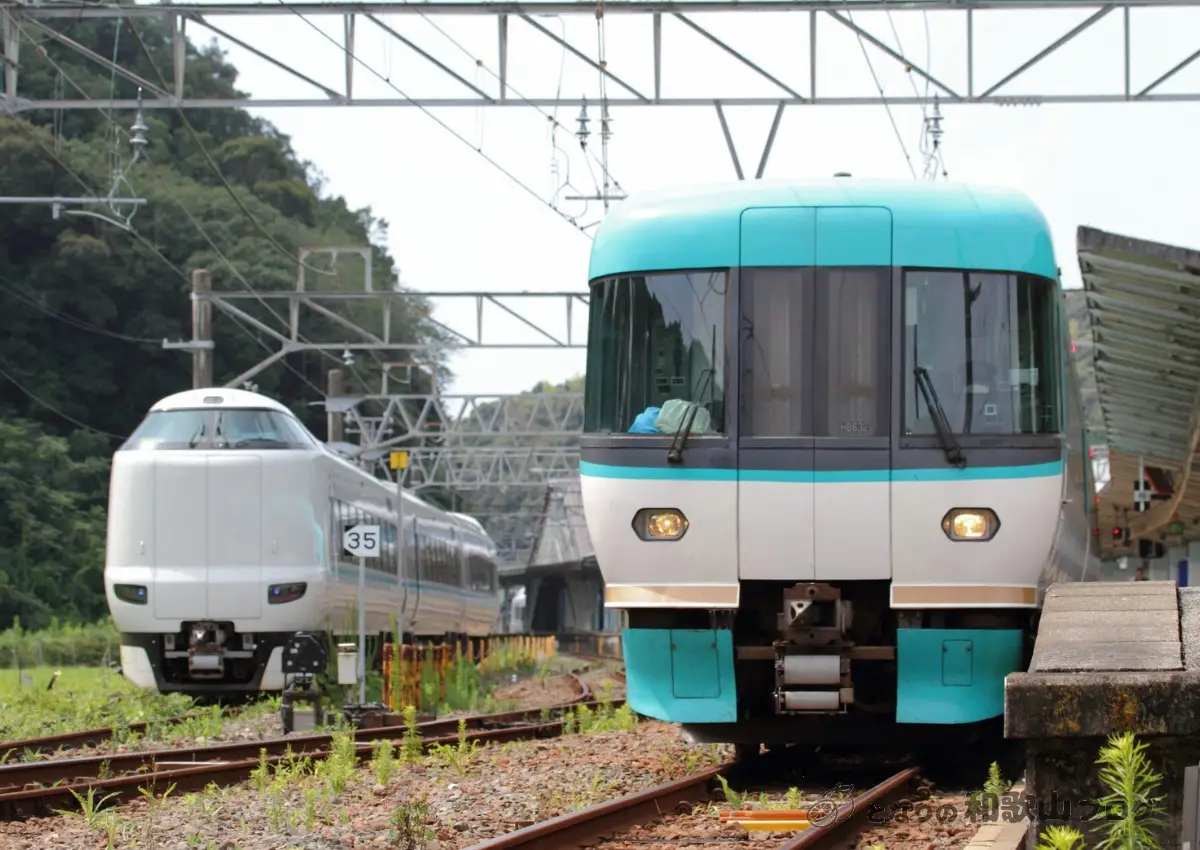
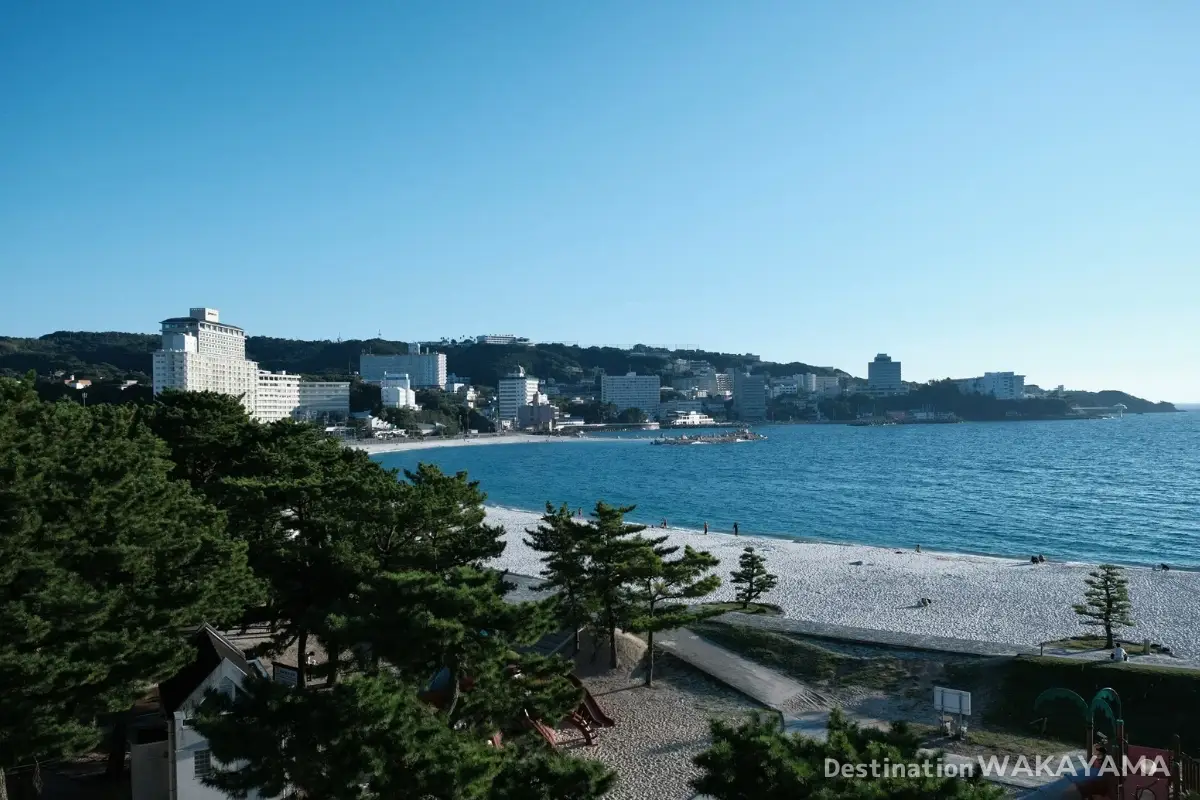
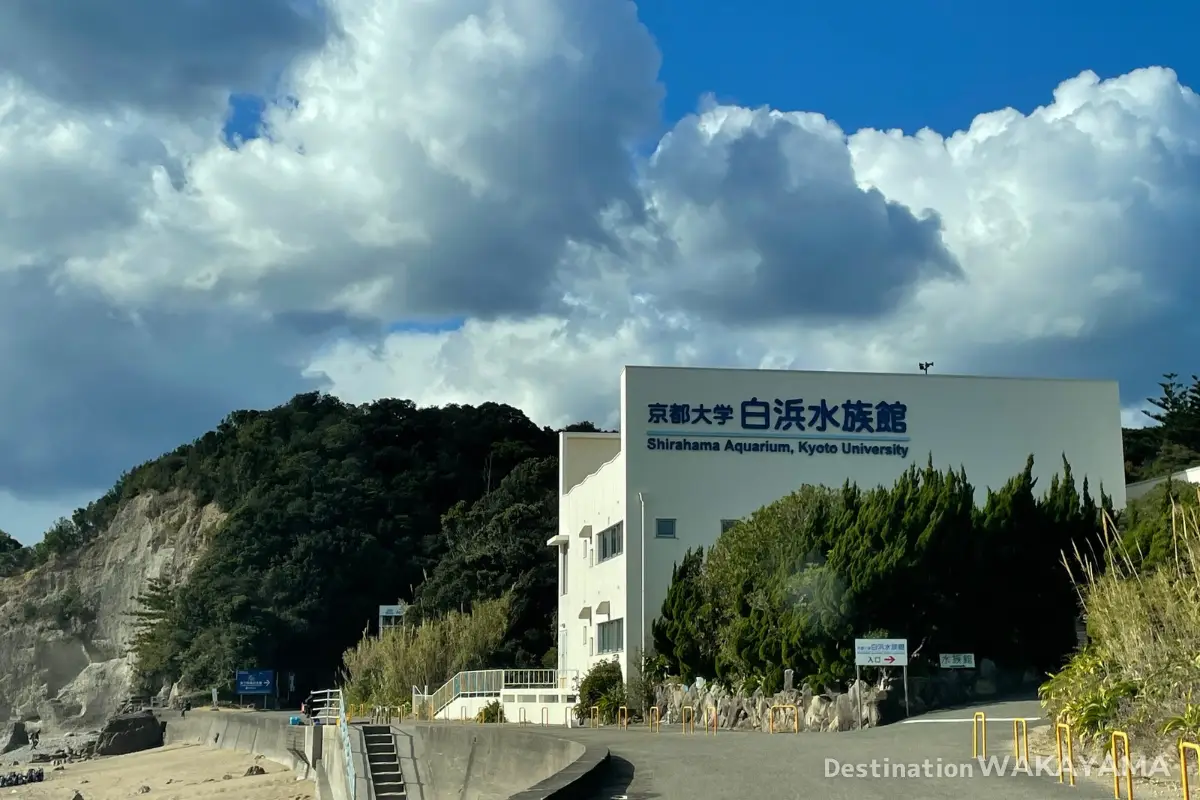

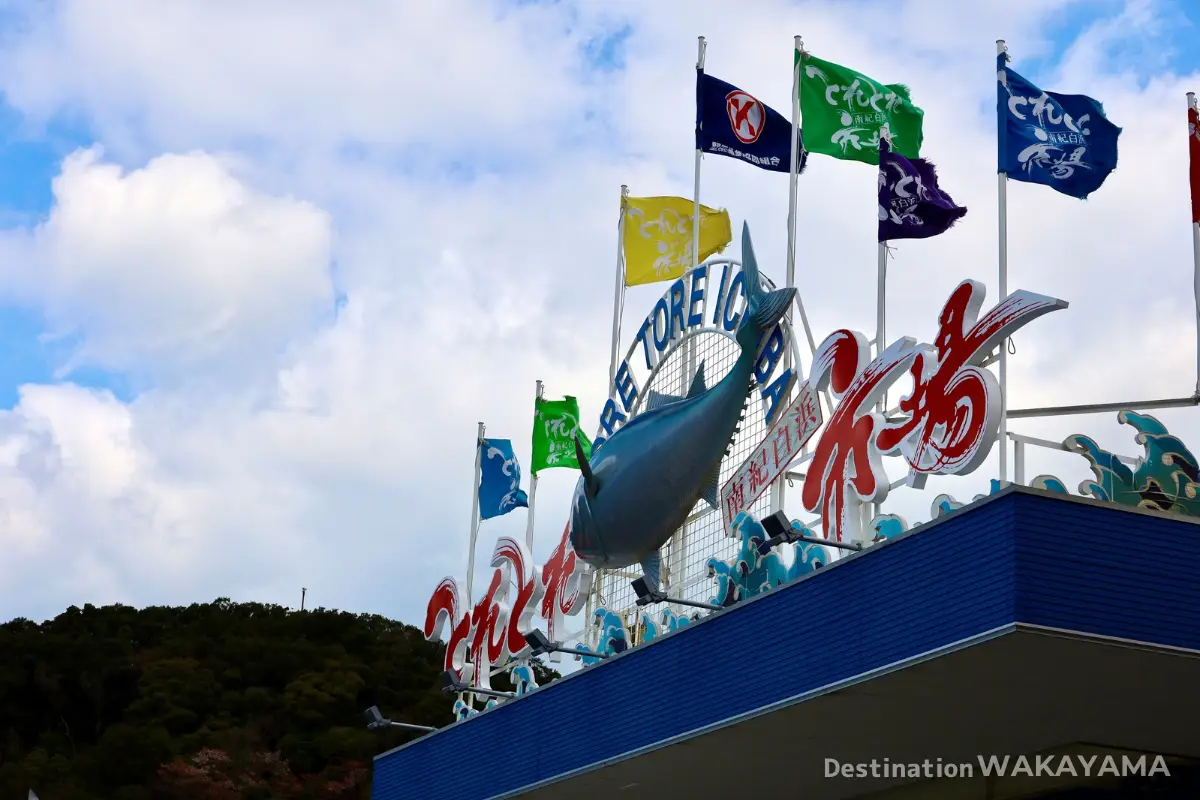

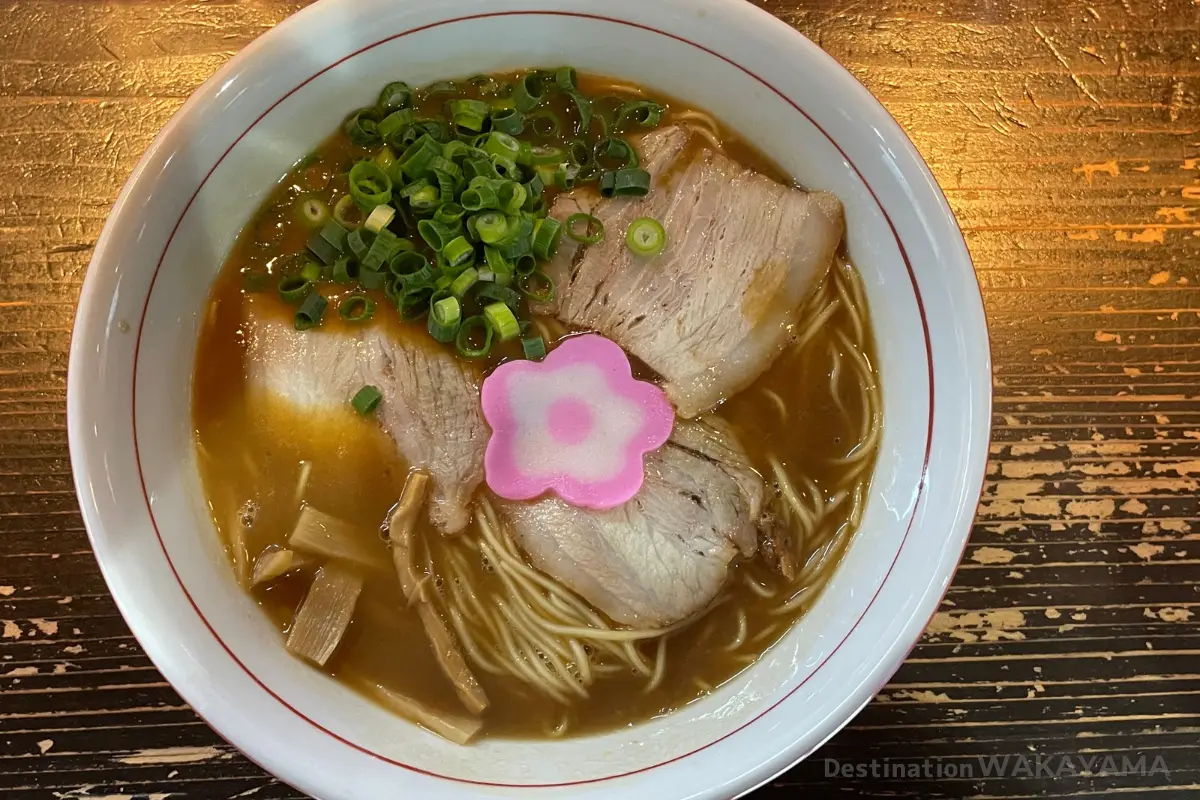

Comments